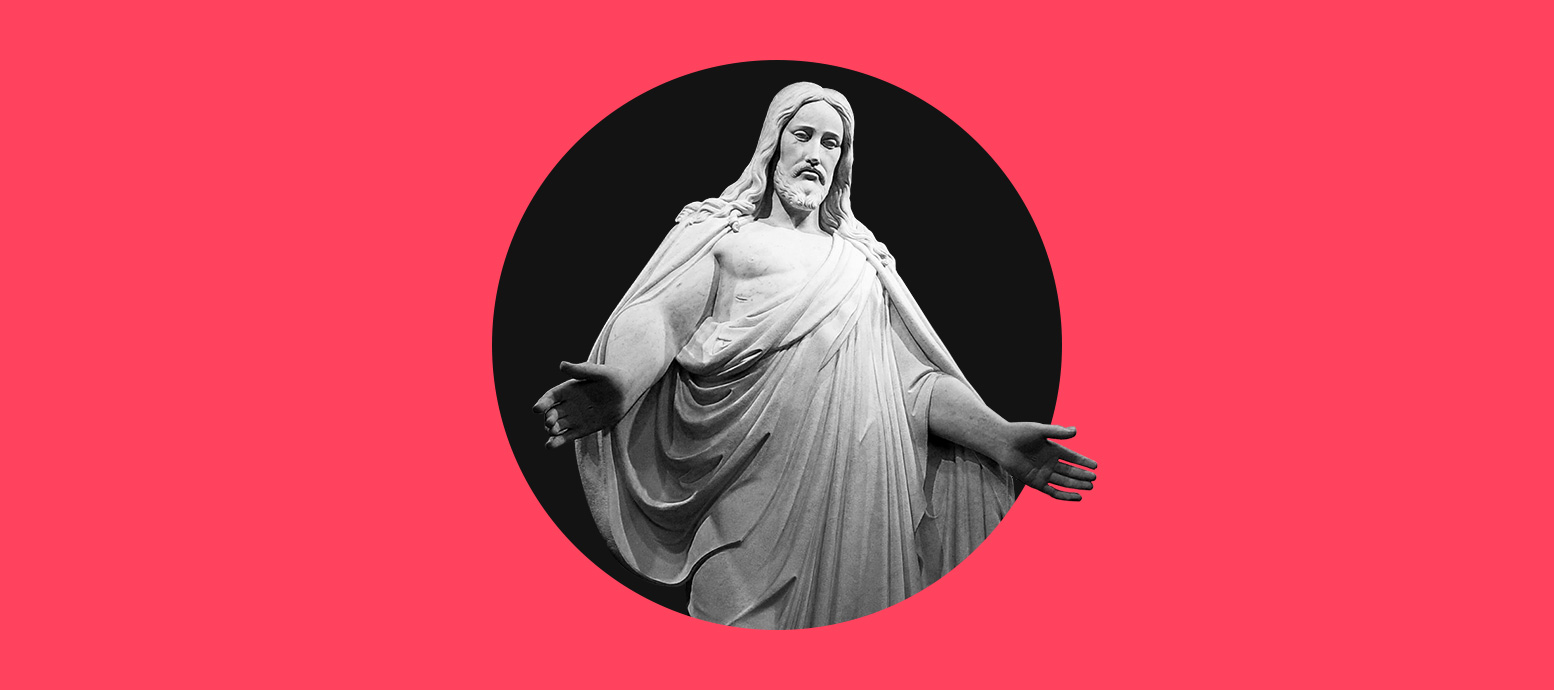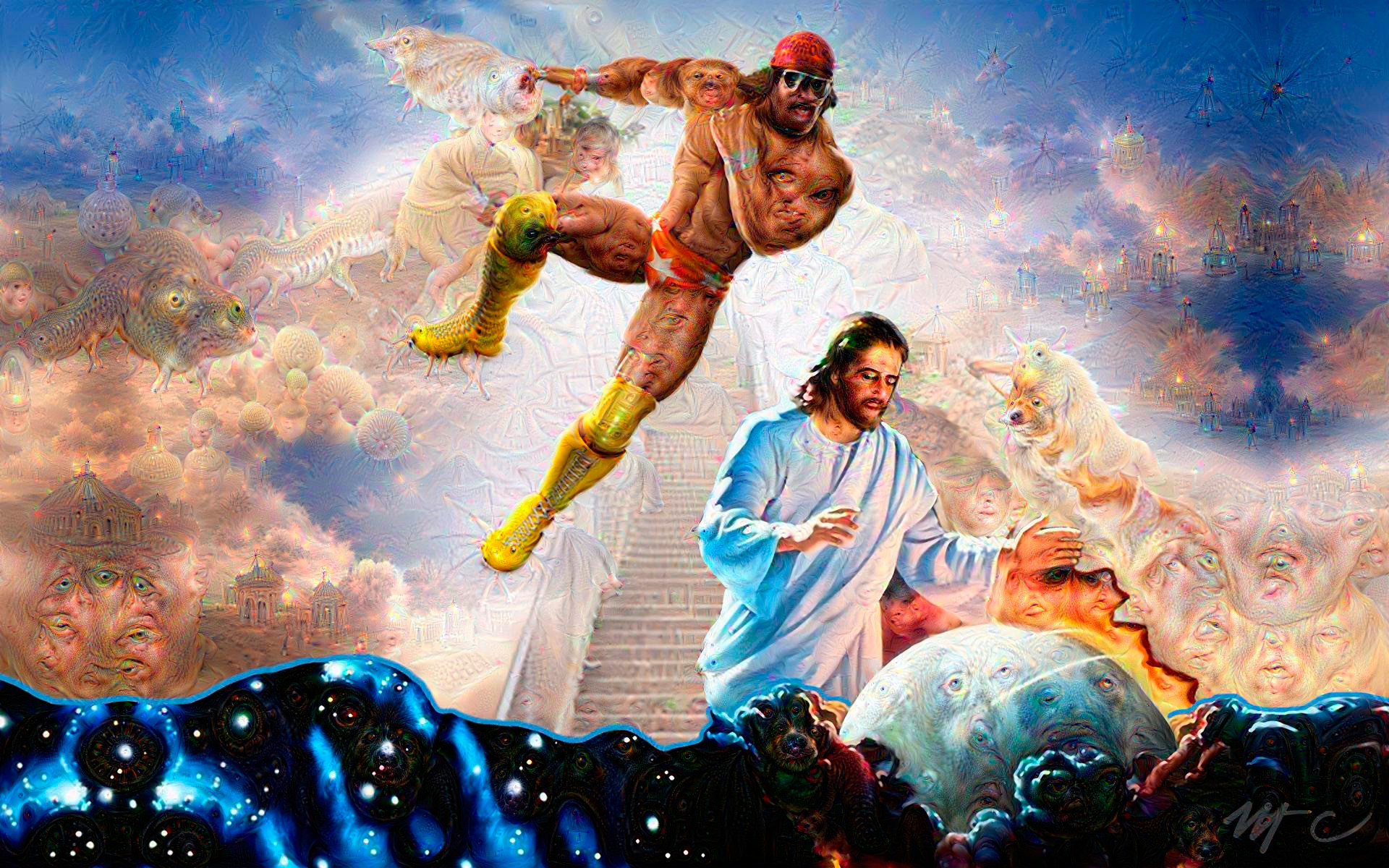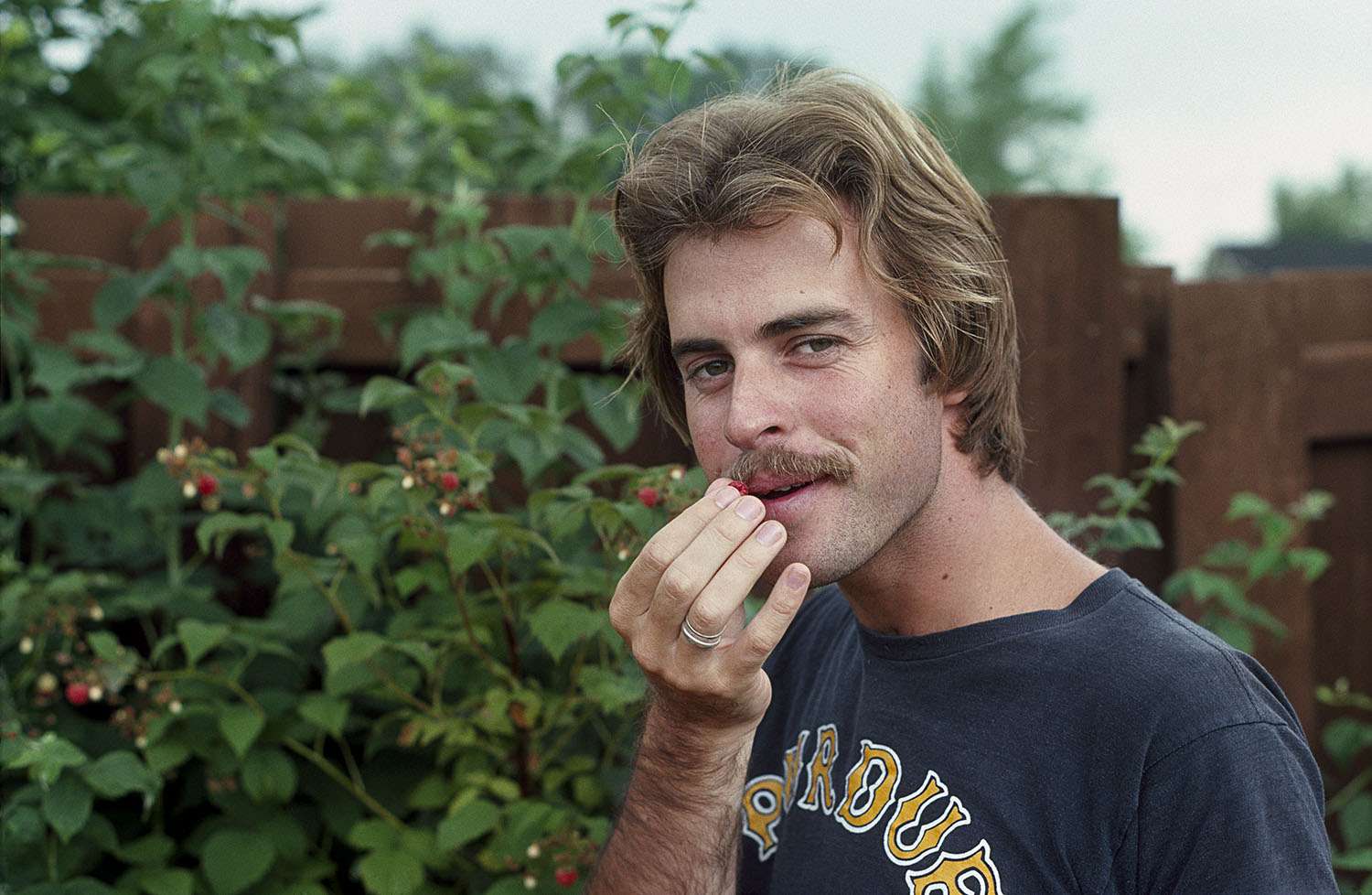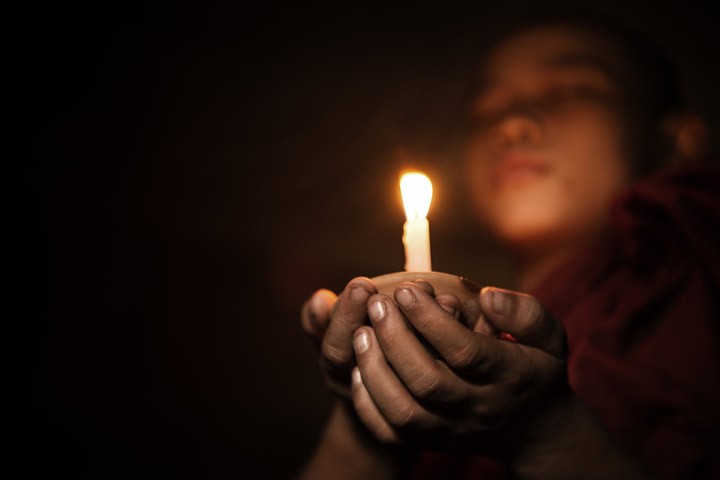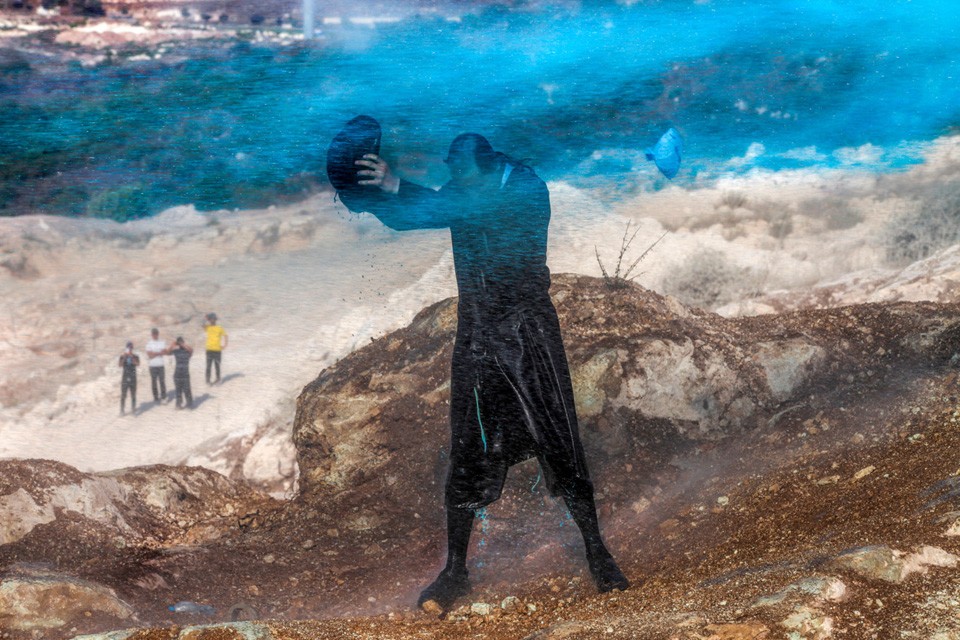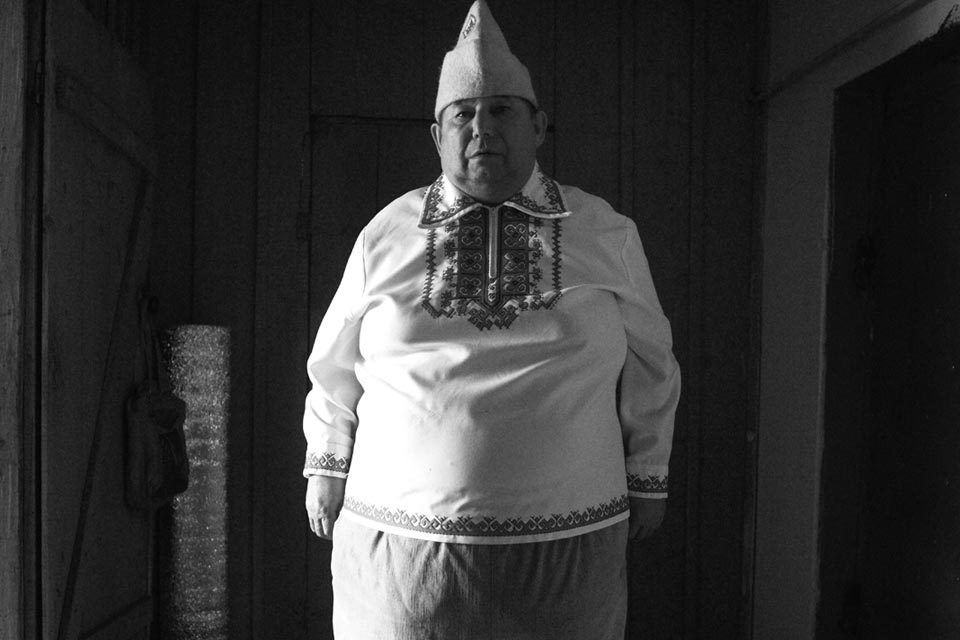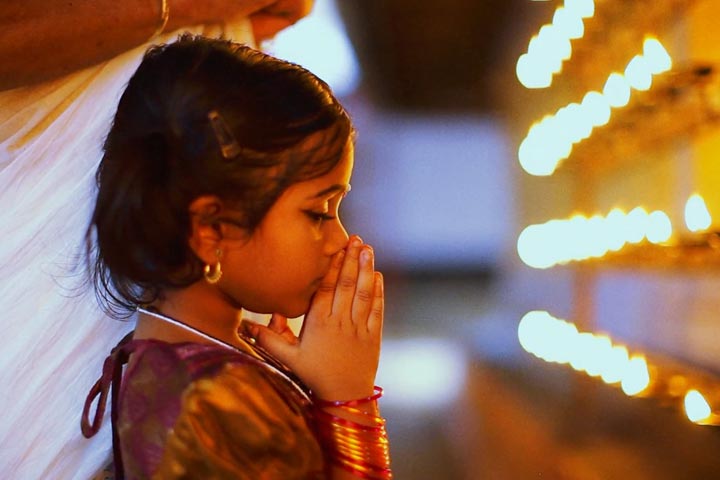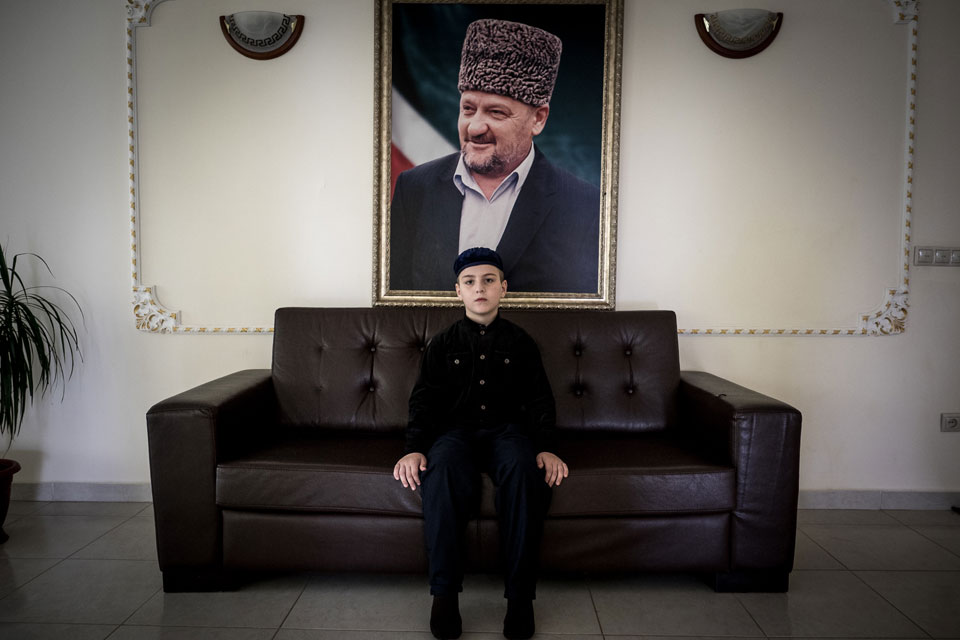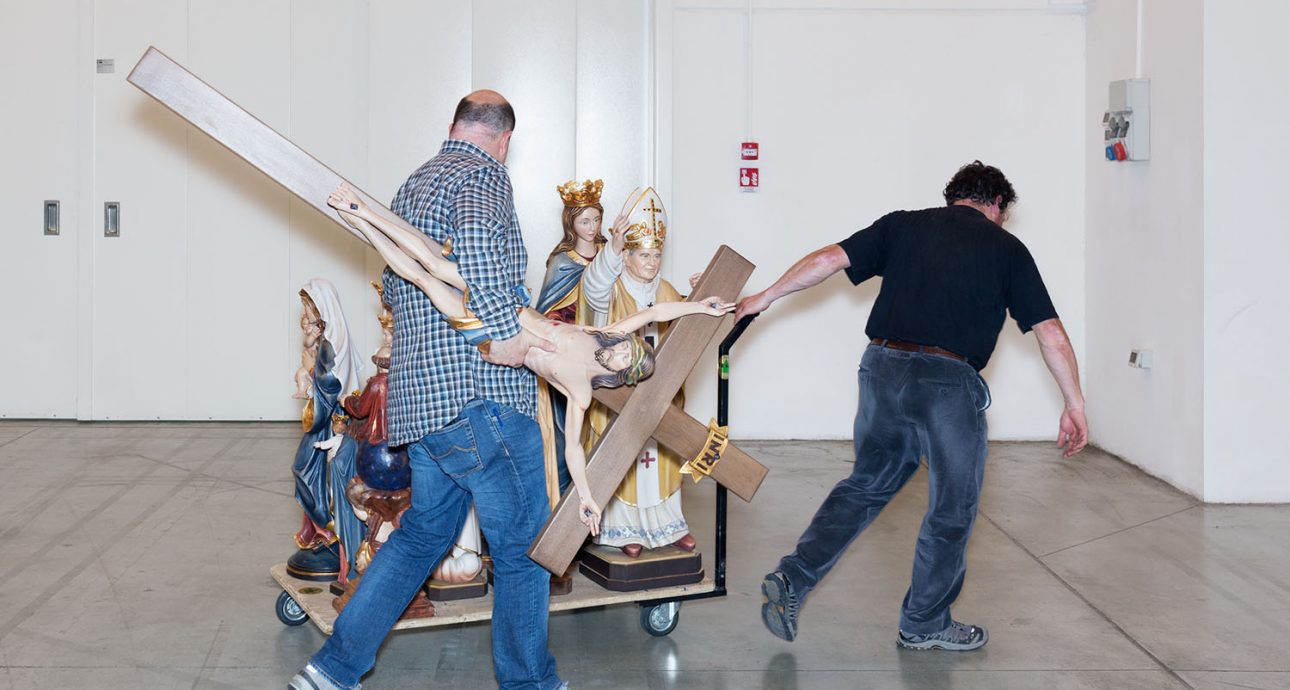
Besides Faith: Things You Can Buy at Italy’s Largest Religious Fair

Born in Milano, lives in Berlin. Worked with The Washington Post, Libèration, WIRED, Slate, and The Independent. Exhibited his works in Germany, Britain, US. Finalist of The New York Photo Festival and The Royal Photographic Society photo contest.
Besides Faith is a photographic series focusing on the gray area between the sacred and the profane. I wanted to deal with the controversial topic of the Catholic Church, hence I started researching its objects and clothing industry, paraphernalia and devotional items. That was how I discovered the World Church fair.
According to the BBC, the Italian market for religious goods is worth an estimated $5.2b a year. The fair is quite big, around 13,000 people from the Church and business. This fair is the biggest in italy, hence it might represent a big portion of that number.
Almost any worship-related object is available at the fair — cassocks, stoles, hosts, incense, cups, linens, and much more. Devotional objects and figurines have no limits, especially in Italy. Yet I must say that the electronic rosary is by far one of the most surprising inventions. Some even say it’s good for people with arthritis, as you just need to press a button and pray along.
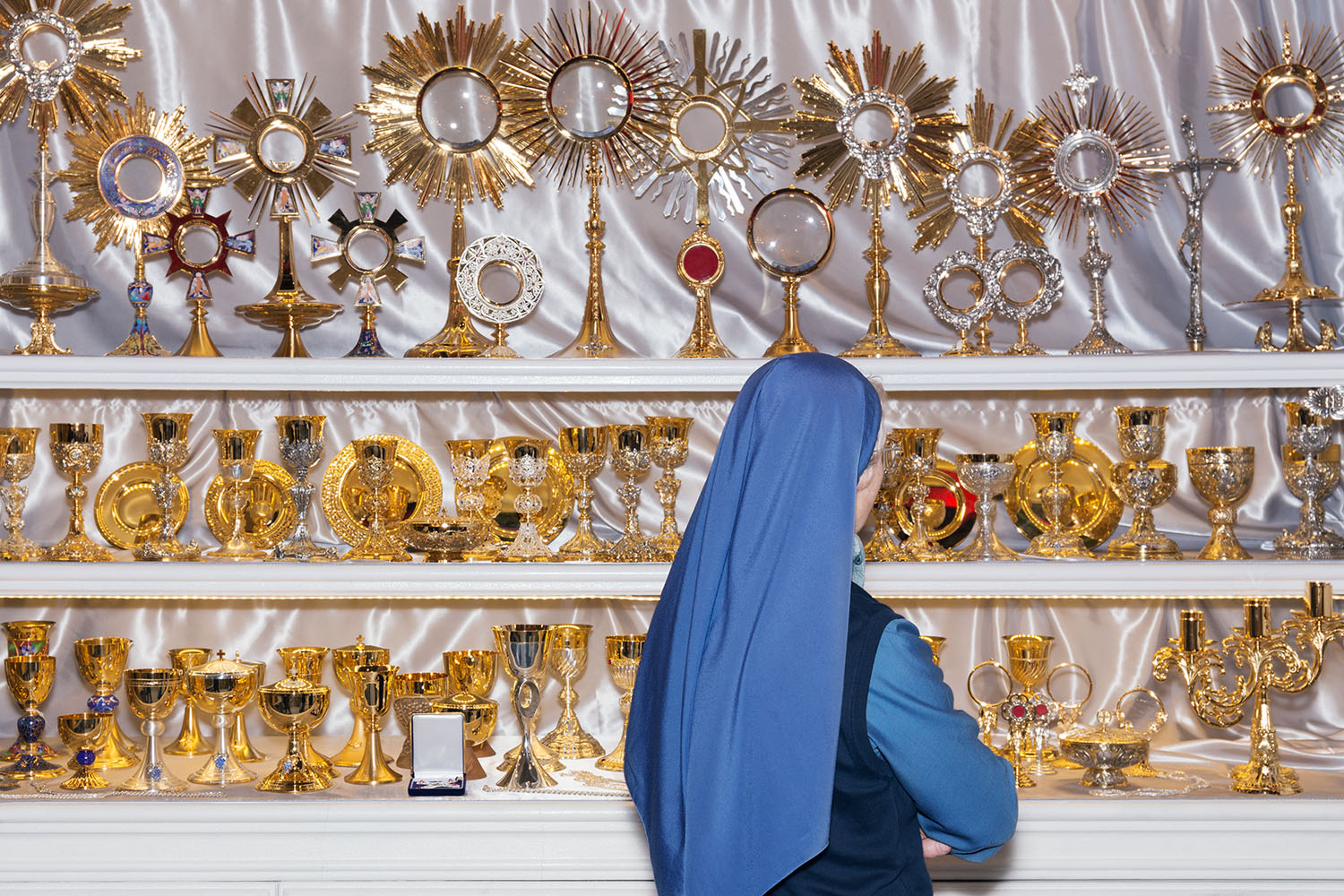
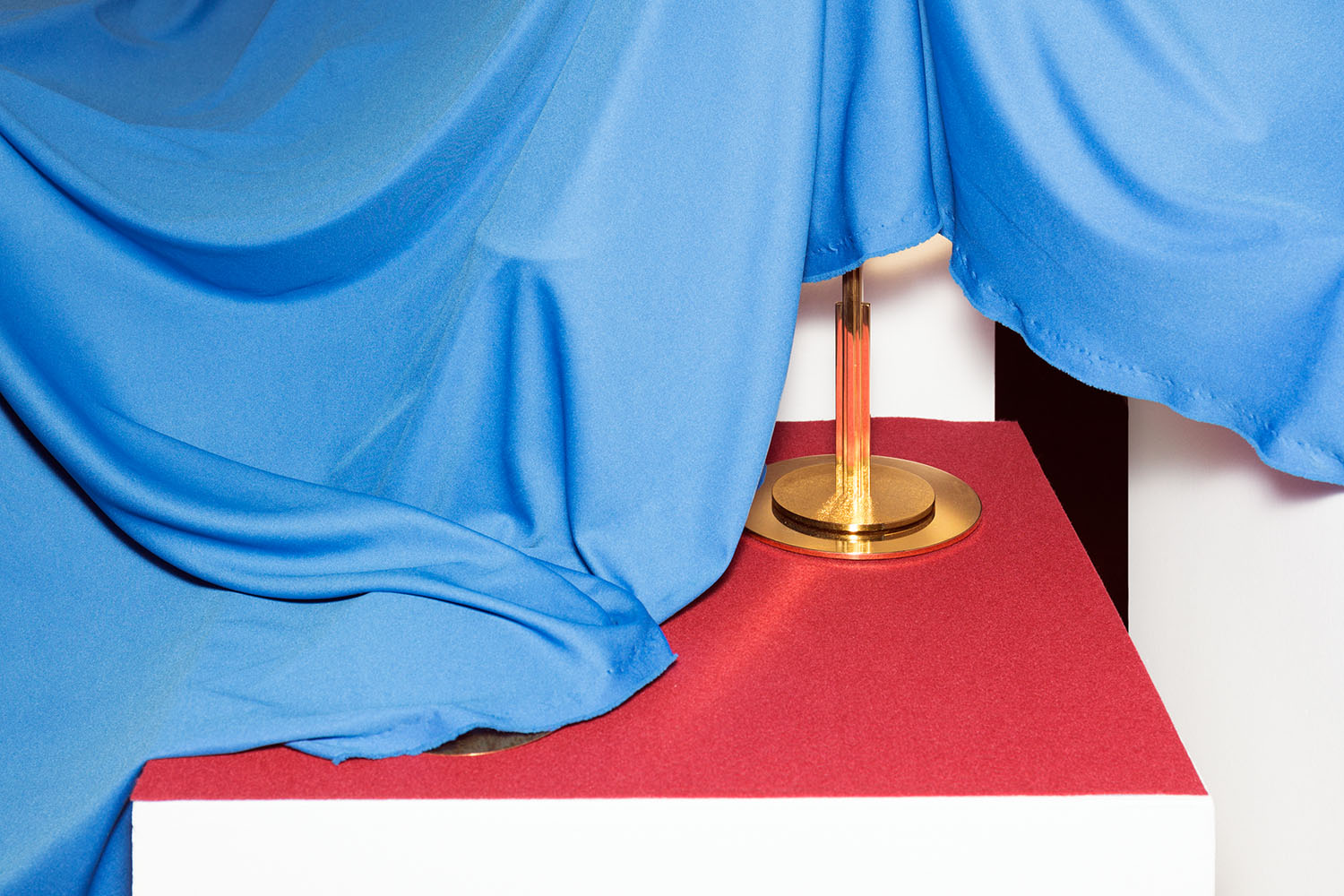

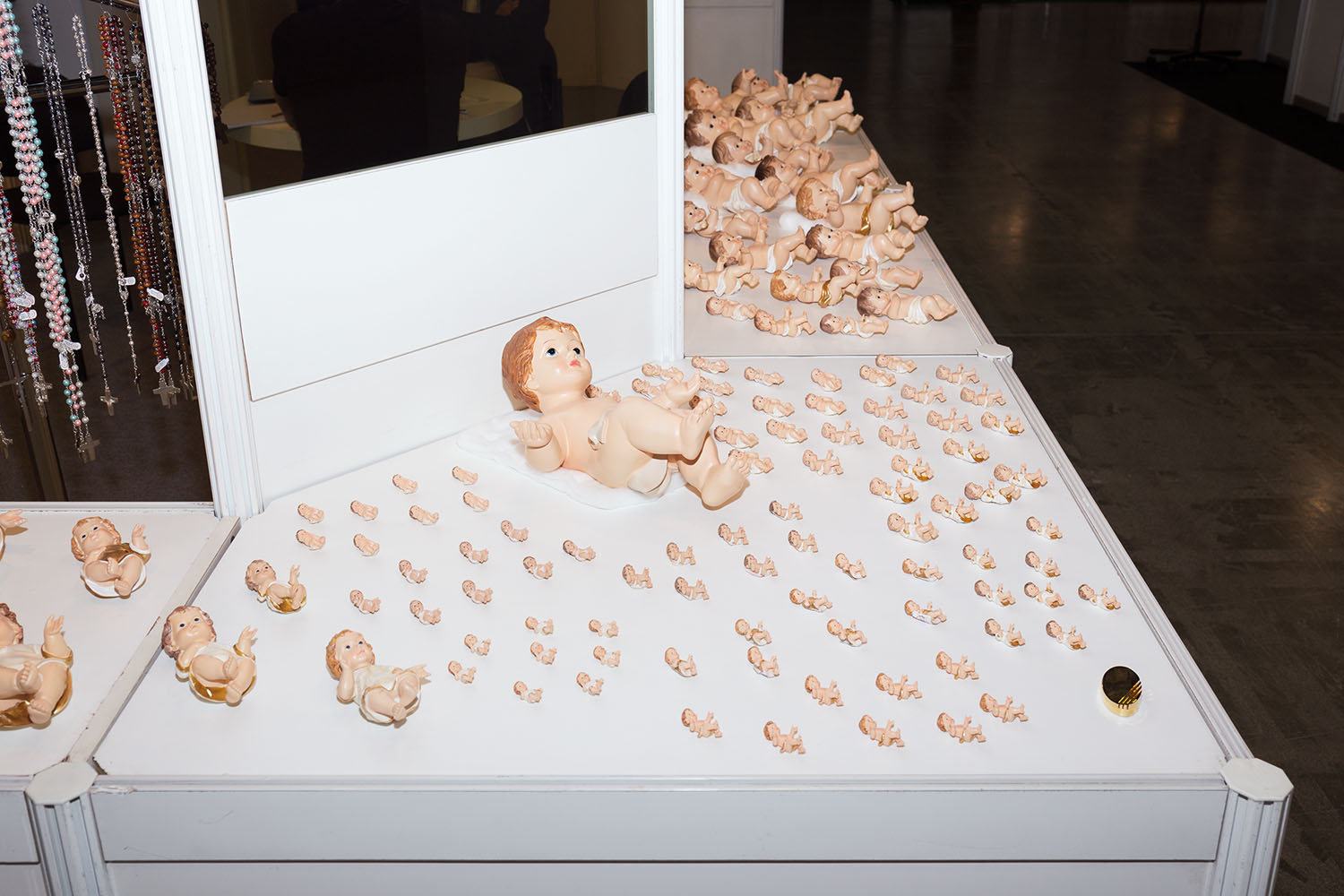
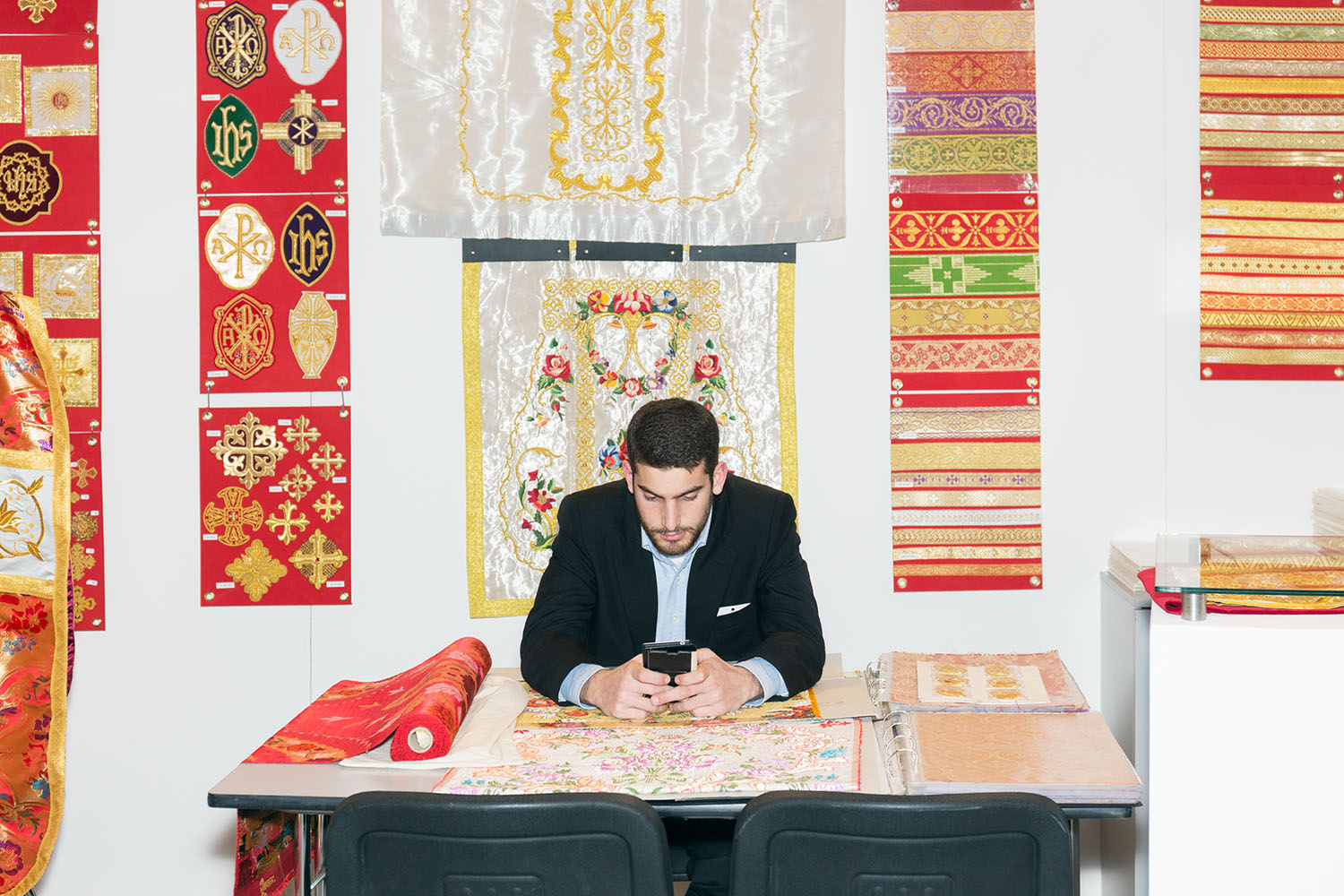
I was surprised to witness how normal it could be for priests and nuns to buy a $1,000 robe for church service, while still pursuing and promoting a spiritual, hence immaterial, belief.
I’ve always been fascinated by the theatrical aspect of the Catholic faith: precious clothing, service items and countless devotional objects. Photography felt like the right medium to deal with that. As soon as I found out about the trade fair, I knew that its heterotopic setting was a great backdrop to take pictures: pristine setups yet no real context. Initially, the plan was to shoot religious shops in Rome, at Città del Vaticano. However, the shopowners were quite reluctant about the idea of taking photographs inside their stores, so I dropped the idea.
The fair wasn’t that easy to get into either, since it is not open to the general public. The visitors are people from the clergy and retailers. That’s why I had to gain access as a journalist. Having a badge pass turned out very helpful to approach the vendors. In the end, it’s a trade fair, so everyone wants to be photographed and promote their products.
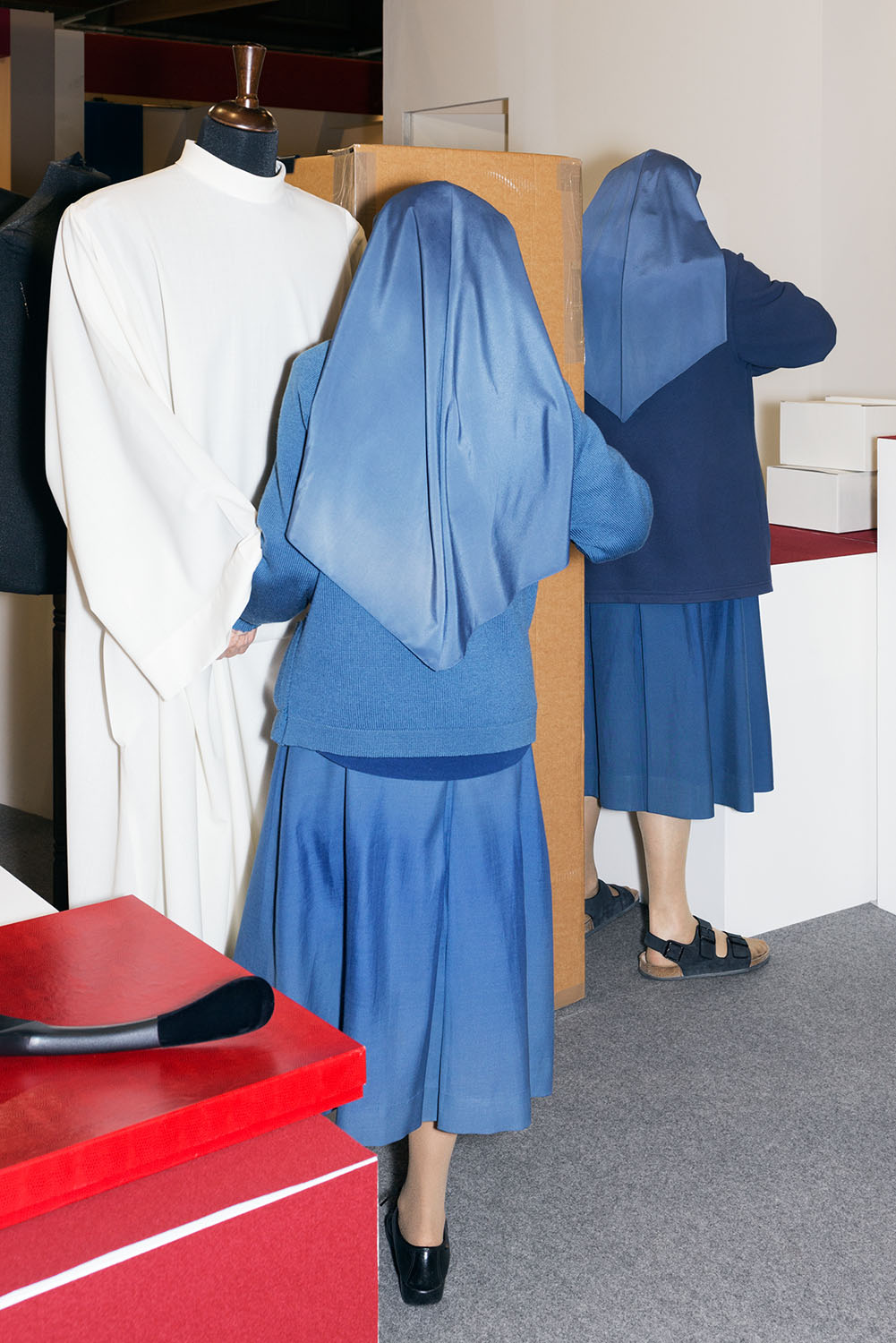
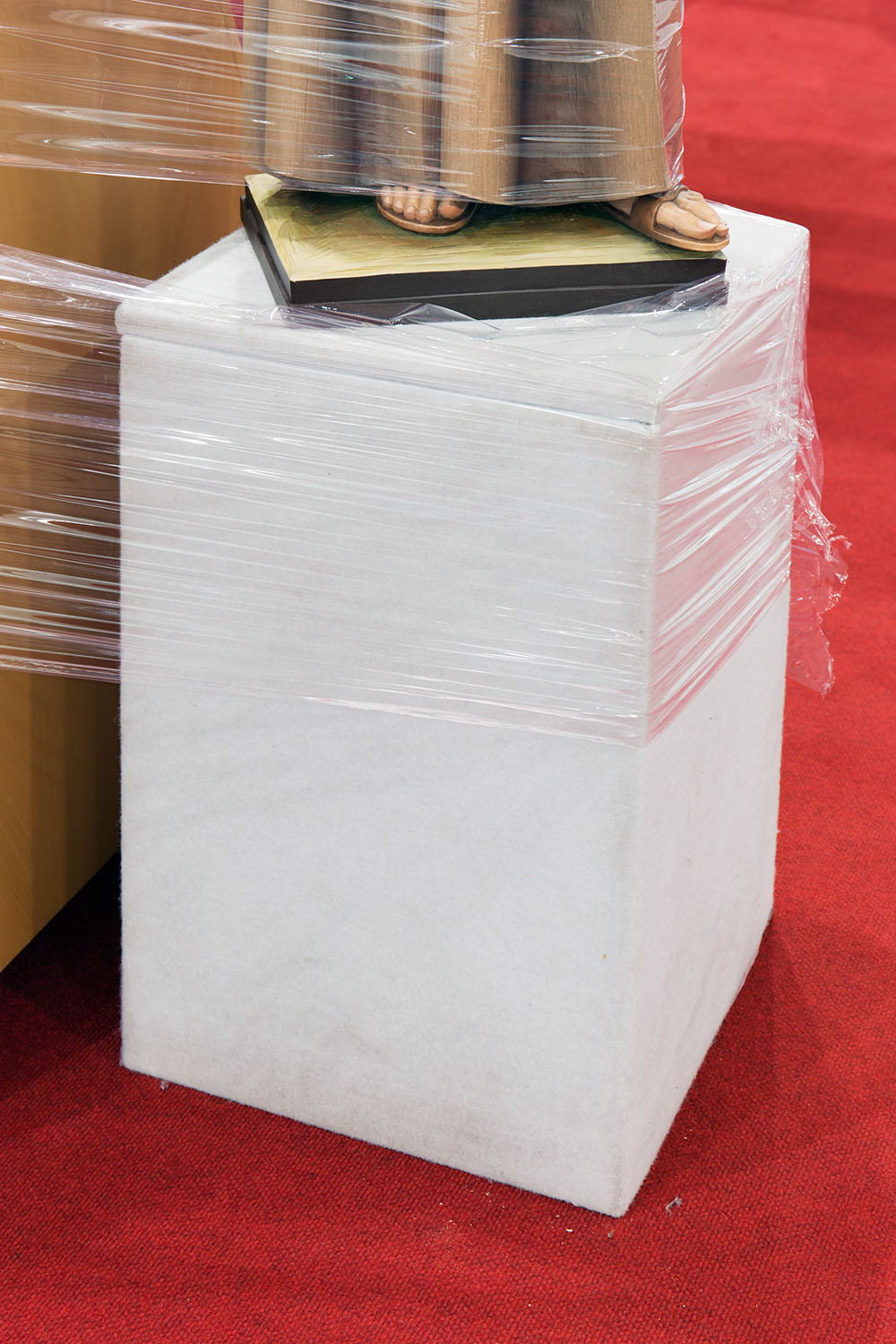

I was raised Catholic but I’m a very skeptical person. This combination allowed me to be at the same time respectful yet comfortable in taking unconventional photographs. Even if my initial intent was to witness rather than judge, I can’t deny a certain nuance of irony in the work. Like I said, the Catholic faith is a very controversial topic. If I had to explain my position, I’d surely rely on many of Christopher Hitchens’ (American journalist, agnostic, author of the book God Is Not Great — Ed.) interpretations on the issue, which are quite critical.
To my surprise, I didn’t receive any criticism from believers. I actually got many inquiries about some of the objects I photographed — people wanted to know where to buy them, and a quite a few Catholics shared various articles about my project on social media. After all, I guess they know better than anyone else that ‘bad publicity is still publicity.’
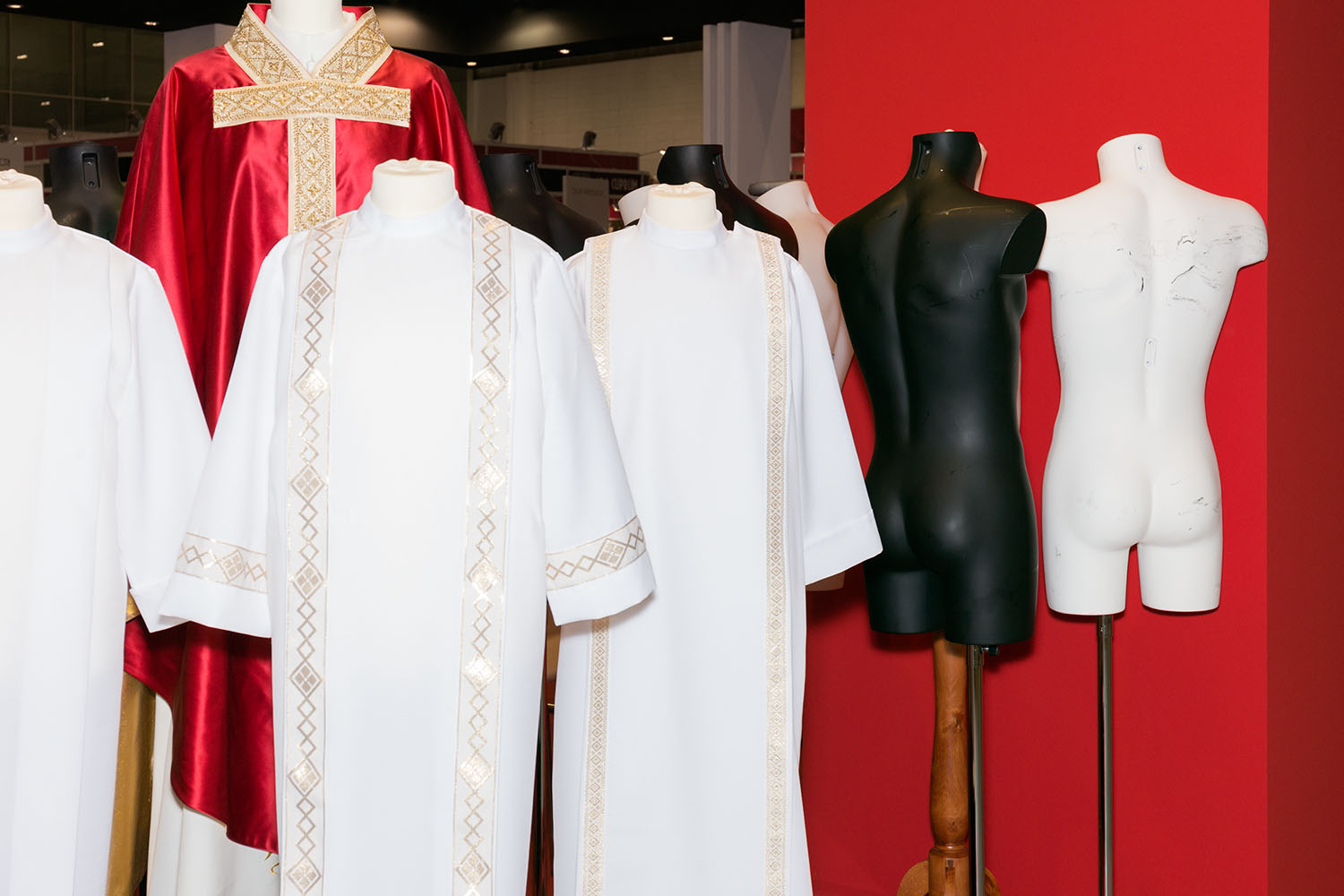
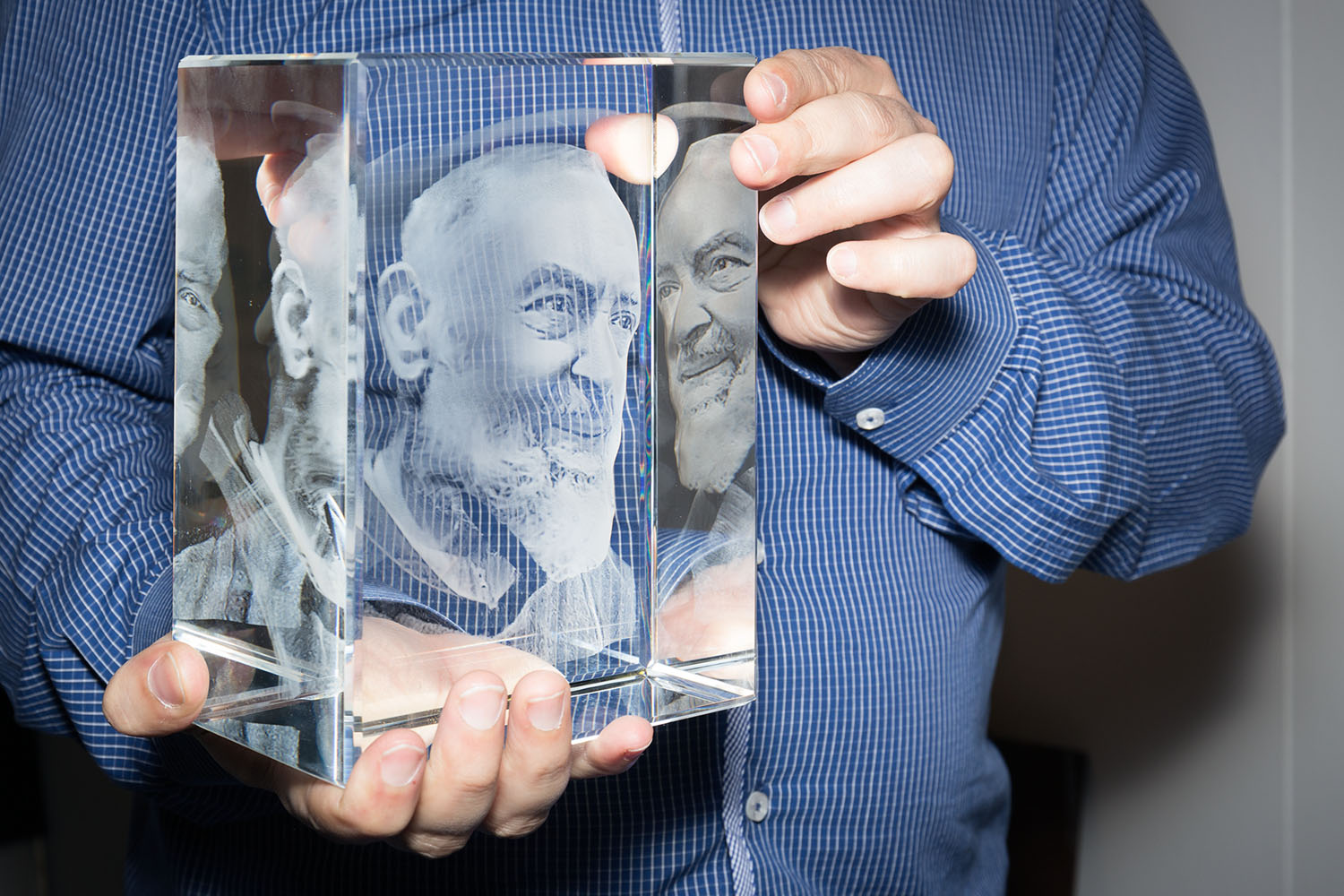


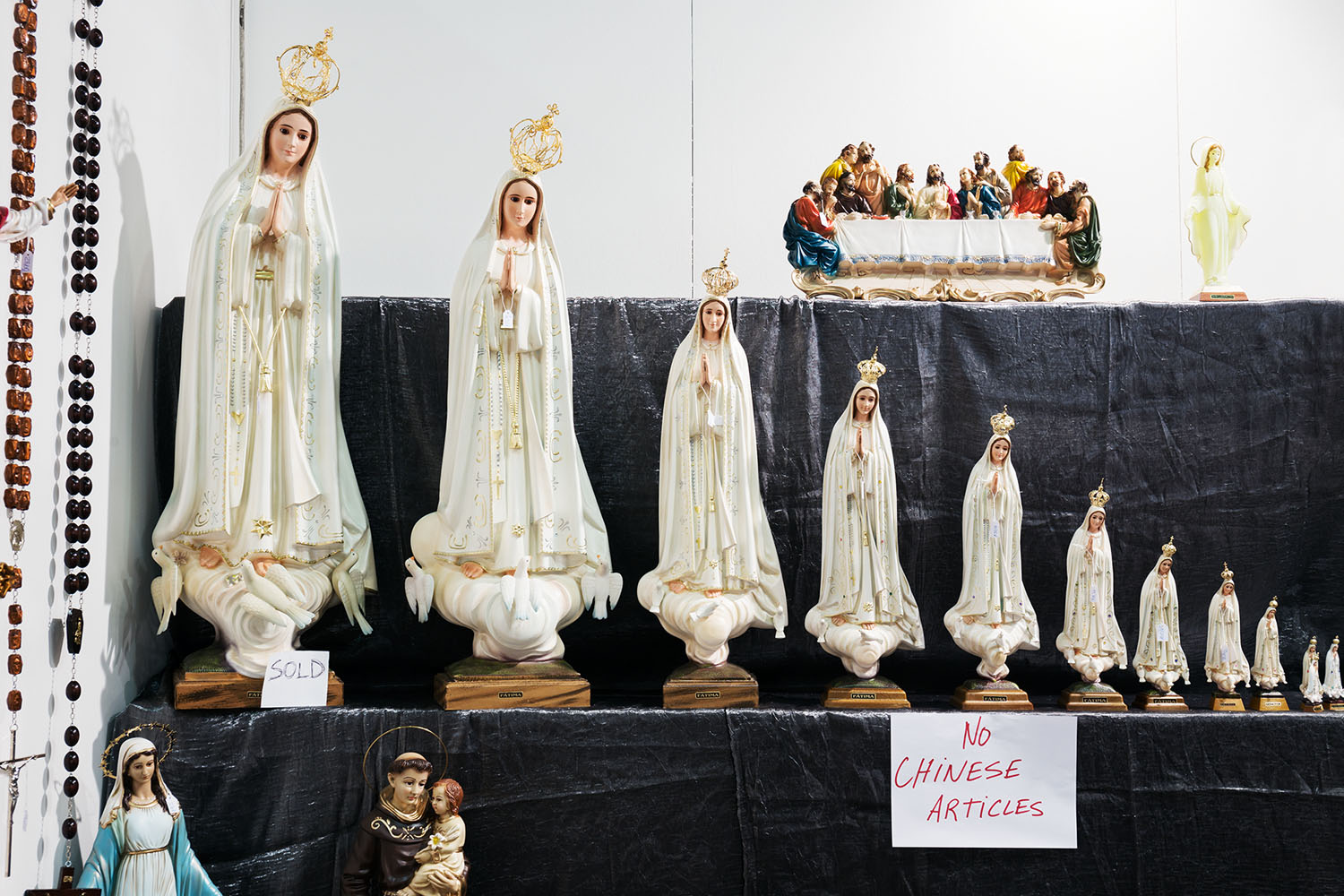
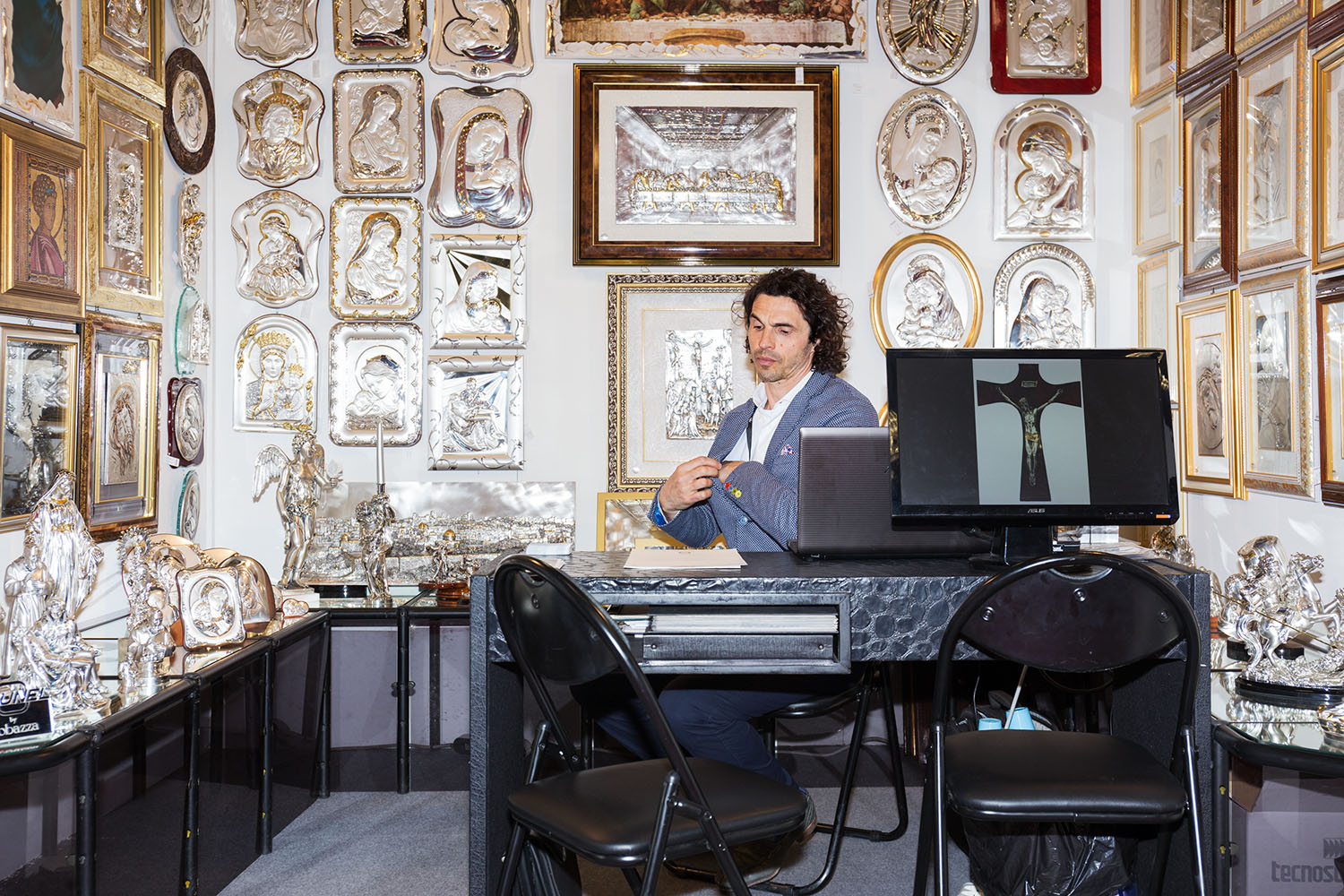
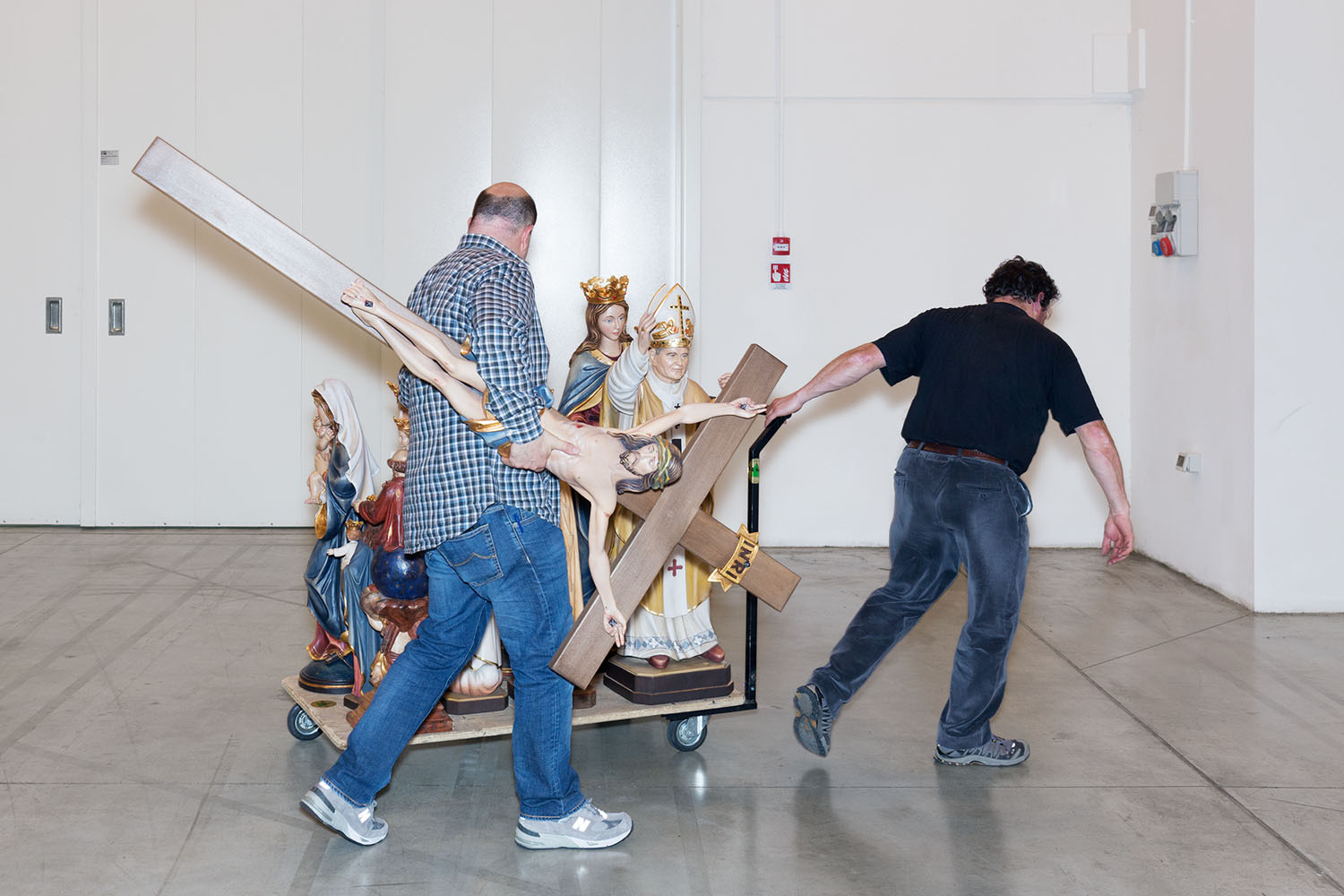
New and best
